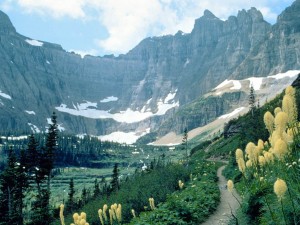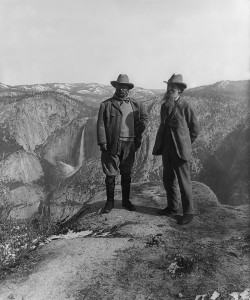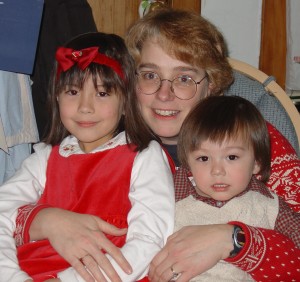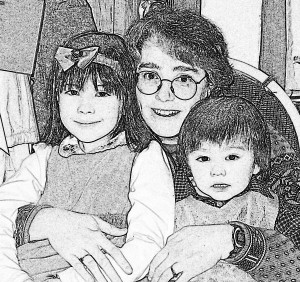“not” is used to make negative sentences. Sentences using “not” often use the contracted form.
For “be” verbs, we have:
am ==> am not (’m not):
I am hungry. ==> I am not hungry. / I’m not hungry.
is ==> is not (isn’t, ’s not):
John is tall. ==> John is not tall. / John isn’t tall. / John’s not tall.
are ==> are not (aren’t, ’re not):
We are coming. ==> We are not coming. / We aren’t coming. / We’re not coming.
was ==> were not (weren’t):
The children were playing. ==> The children were not (weren’t) playing.
For modal verbs that are not forms of the verb “be,” we have:
have ==> have not (haven’t, ’ve not):
I have read that book. ==> I have not read that book. / I haven’t read that book. / I’ve not read that book.
has ==> has not (hasn’t, ’s not):
Mary has eaten breakfast. ==> Mary has not eaten breakfast. / Mary hasn’t eaten breakfast. / Mary’s not eaten breakfast.
will ==> will not (won’t):
I will go to the library. ==> I will not (won’t) go to the library.
can ==> cannot (can’t):
Max can speak French. ==> Max cannot (can’t) speak French.
could ==> could not (couldn’t):
We could go to Tom’s wedding. ==> We could not (couldn’t) go to Tom’s wedding.
should ==> should not (shouldn’t):
Bob should go to bed early. ==> Bob should not (shouldn’t) go to bed early.
would ==> would not (wouldn’t):
I would like to visit Switzerland. ==> I would not (wouldn’t) like to visit Switzerland.
must ==> must not (mustn’t):
I must wake up Father. ==> I must not (mustn’t) wake up Father.
To make negative sentences for “do” verbs, use:
do not (don’t) / does not (doesn’t) + V (inf.)
(This is for the simple present.)
I work on Tuesdays. ==> I do not (don’t) work on Tuesdays.
That restaurant has the best coffee. ==> That restaurant does not (doesn’t) have the best coffee.
Tom wants to go to Disneyworld. ==> Tom does not (doesn’t) want to go to Disneyworld.
Jane likes pumpkin pie. ==> Jane does not (doesn’t) like pumpkin pie.
For the negative simple past of “do” verbs:
did not (didn’t) + V (inf.)
I ate an apple. ==> I did not (didn’t) eat an apple.
Mother baked a cake. ==> Mother did not (didn’t) bake a cake.
We had a good time. ==> We did not (didn’t) have a good time.
For imperative sentences (commands), use “do not (don’t)” to make a negative command.
Run away. ==> Do not (Don’t) run away.
Be afraid. ==> Do not (Don’t) be afraid.
Hang up the phone. ==> Do not (Don’t) hang up the phone.
If “do” is the main verb, we still use “do not / did not” to form negative sentences:
I do my homework every day. ==> I do not (don’t) do my homework every day.
Jack does the laundry on the weekend. ==> Jack does not (doesn’t) do the laundry on the weekend.
Peter did as he was told. ==> Peter did not (didn’t) do as he was told.
Exercise. Turn the following sentences into negative sentences.
Example:
The soup was hot. ==> The soup wasn’t hot.
1. Mom can knit mittens for the bazaar.
______________________________________
2. I am going to the concert.
______________________________________
3. You must be careful.
______________________________________
4. We were late for the bus.
______________________________________
5. You should let your sister clean your room.
______________________________________
6. The baby was afraid of the elephant.
______________________________________
7. I will wash the car.
______________________________________
8. Dick and Jane have been to Canada.
______________________________________
9. Sheri is sweeping the sidewalk.
______________________________________
10. Mr. Smith has written a book.
______________________________________
11. Tom, Dick, and Harry are staying after school.
______________________________________
12. Jack could see the scar on the man’s forehead.
______________________________________
13. I would like to take Mr. Jones’ class.
______________________________________
Exercise. Turn the following sentences into negative sentences. Use don’t / doesn’t / didn’t.
Example:
Max plays the saxophone. ==> Max doesn’t play the saxophone.
1. Mark has a black cat.
______________________________________
2. The car got a flat tire.
______________________________________
3. Sally and Mary grow watermelons in their backyard.
______________________________________
4. The dogs barked all night.
______________________________________
5. The refrigerator works now.
______________________________________
6. Hank fixes our car.
______________________________________
7. I went to the bank.
______________________________________
8. The choir sings the national anthem.
______________________________________
9. The barber cut my hair.
______________________________________
10. Father made breakfast in bed for Mother.
______________________________________









